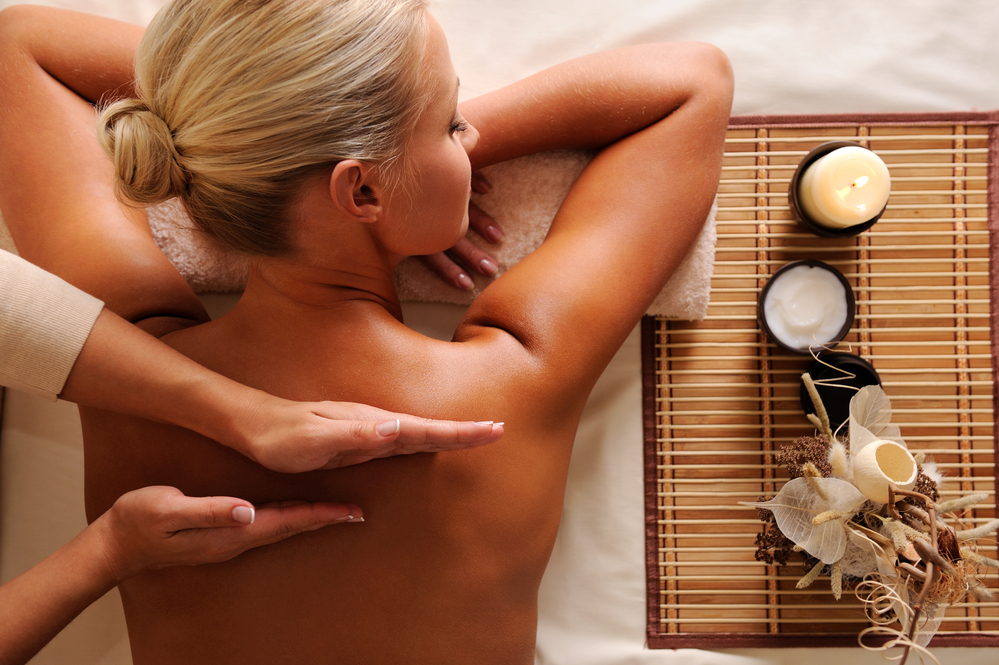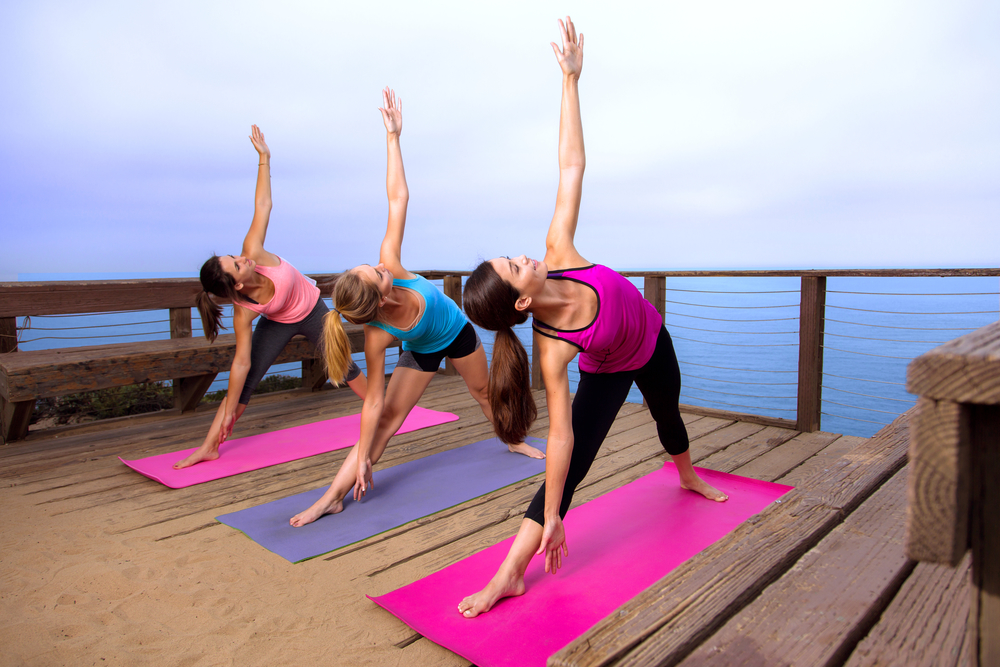Shiatsu is an outgrowth of Japanese Anma massage, having been recognised as a therapy distinct from Anma since 1964. There are many styles of shiatsu that balance western anatomy and physiology with traditional Chinese medicine in many different ways. Some styles place more emphasis on the flow of ki (energy, known as chi in Chinese) through meridians, and others look more at diagnosis in a Western medicine style.
All forms of shiatsu use pressure points and pressure from fingers and hands. The word “shiatsu” is Japanese for “finger pressure,” indicating the main techniques employed. Little stroking is involved in a shiatsu massage. More emphasis is placed on acupressure points and range of motion exercises.
Zen shiatsu in particular begins with an assessment of the client’s medical condition similar to an initial consultation with a physician, though this is an assessment of the client’s Ki balance and energy state rather than a diagnosis of any clinical conditions.
In keeping with the philosophy of eastern medicine, shiatsu looks at a holistic picture of health rather than discrete medical conditions. Shiatsu work is aimed at improving the patient’s overall energy balance and health. While shiatsu massage can be a complementary therapy for a range of medical conditions, unlike some western forms of massage, shiatsu does not focus on individual joints and muscles.
Shiatsu massage is performed with the recipient fully clothed and on a floor mat or low futon. Sessions typically last for one hour.












